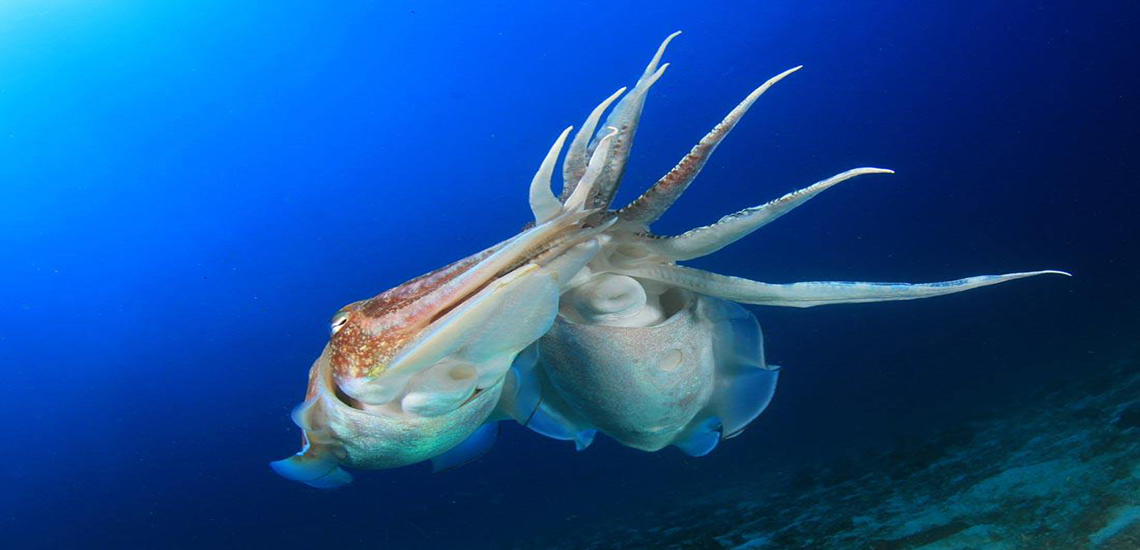Abstract:
The nervous system of cephalopods (including squid and octopus) is the most complex among invertebrates, but it is completely different from the human brain in terms of evolution and organization structure, so it contains the most abundant and unique neural algorithm resources. By controlling the size of millions of pigment cells, the squid can instantly change the color and pattern of its skin, which can be used to simulate the environment and hide it, or as a signal for communication. We used an ultra-high pixel camera array to make micrometer scale microscopic video of the whole body of a free-moving squid, and used computer vision and deep learning algorithms to synchronously track the dynamics of hundreds of thousands of pigment cells on the body surface. We found that an iterative optimization algorithm based on real-time visual feedback was used for color change camouflage. Using a series of original neuroscience research methods, we found the neural circuits controlling color change and their differences among different species, revealing the evolutionary mechanism of this unique function of color change.
Speaker: Prof. Xitong Liang
Affiliation: Peking University
Time: 4:30 PM, Tuesday, Aug.20, 2024
Venue: Offline: The Second Meeting Room in Xishuangbanna Headquarter
Online: Tencent Meeting ID:934-933-984



